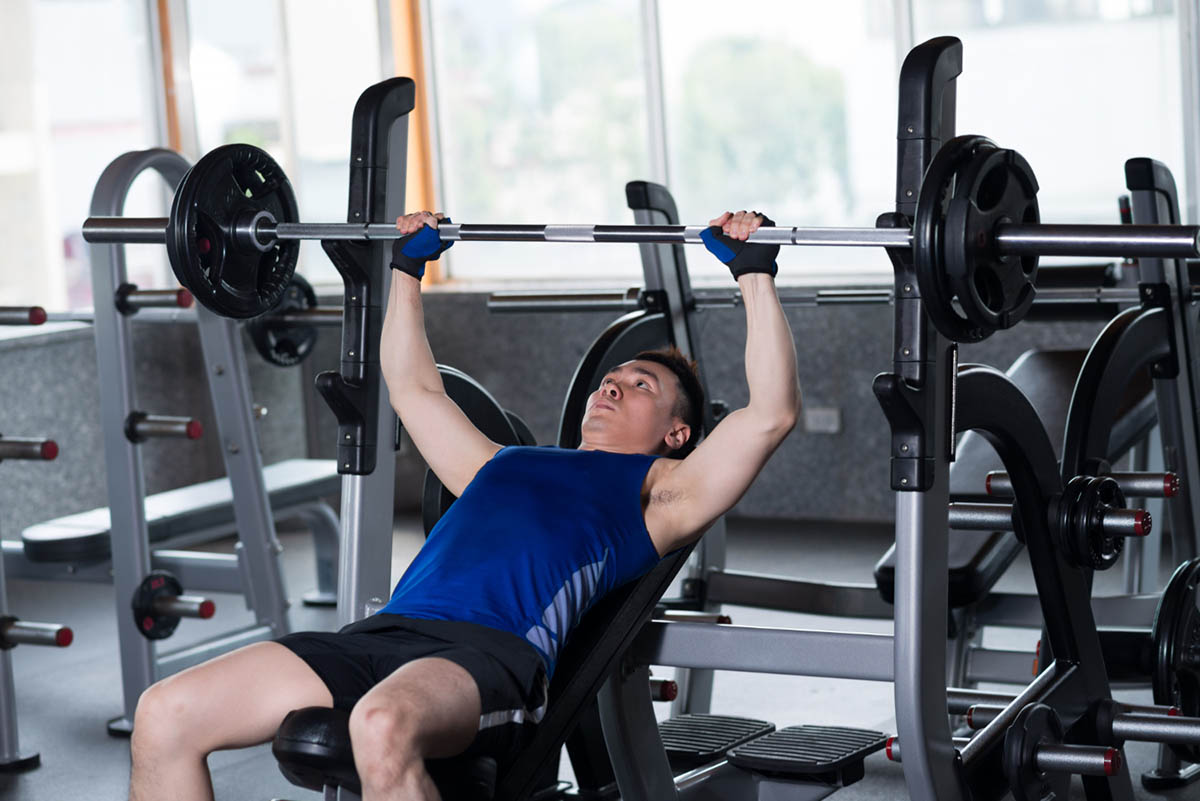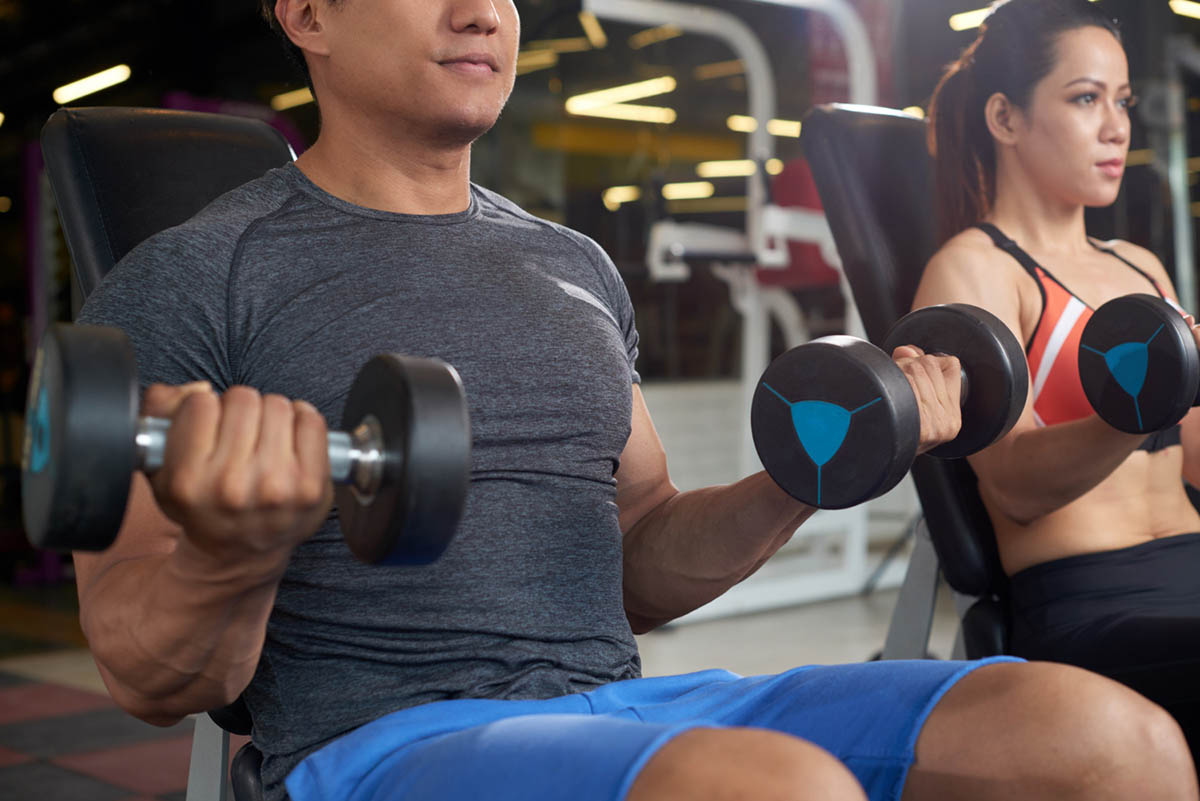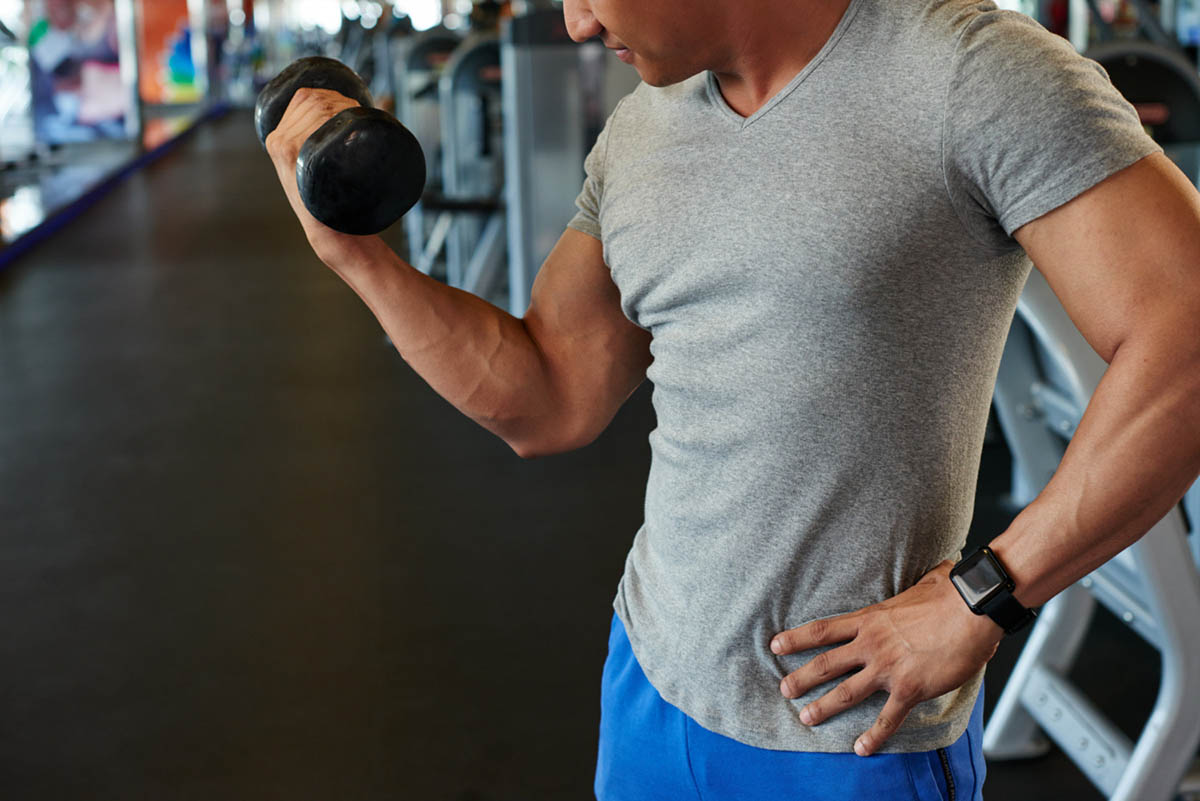Weightlifting is a popular form of exercise that helps in building strength, improving muscle tone, and enhancing overall fitness. However, it can sometimes lead to elbow pain from lifting, a common complaint among weightlifters. Understanding why this pain occurs and how to address it can help you continue lifting without discomfort.
Weightlifters often experience elbow pain due to the repetitive motion, strain, and heavy loads placed on the elbow joint during lifting exercises. Improper form, overuse, and inadequate warm-up can all contribute to this discomfort. Identifying the specific cause of your elbow pain is crucial for effective treatment and prevention.
Common Causes of Elbow Pain when Lifting
Weightlifters often experience elbow pain due to a variety of conditions. A study found that individuals reporting elbow pain were commonly diagnosed with the following: 33% with Elbow Sprain, 33% with Tennis Elbow (Lateral Epicondylitis), and 33% with Golfer’s Elbow (Medial Epicondylitis). These conditions arise from repetitive movements, overuse injuries, and improper lifting techniques. Some of the most common causes are the following.
Tennis Elbow
Tennis elbow, or lateral epicondylitis, is caused by overuse of the forearm muscles, leading to inflammation of the tendons on the outside of the elbow. Despite its name, this condition can affect anyone who engages in repetitive arm movements, including weightlifters. This condition is characterized by sharp pain on the outer part of the elbow and is common among tennis players and those performing repetitive movements.
Trapped Nerves
Nerves in the elbow, such as the radial nerves, can become compressed or trapped due to repetitive movements or acute injuries, leading to pain, tingling, and weakness in the arm. This condition can affect the blood flow to the nerves and muscles, exacerbating the pain.
Cubital Tunnel Syndrome
This condition occurs when the ulnar nerve is compressed at the elbow, causing medial elbow pain, numbness, and tingling along the inner side of the forearm and hand. It often results from repetitive elbow movements and poor form during physical activities.
Pronator Teres Syndrome
Pronator teres syndrome involves compression of the median nerve near the elbow, leading to pain and numbness in the forearm and hand, particularly during gripping activities. This condition can mimic the symptoms of other elbow issues and requires careful diagnosis.
Repetitive Strain Injury
Repetitive strain injury (RSI) results from overuse and repetitive movements, causing inflammation and pain in the tendons and muscles around the elbow. This is common in weightlifters who perform repetitive lifting activities without adequate rest periods.
Acute Injury
Sudden trauma or excessive strain during lifting can lead to acute injuries, such as sprains, strains, or fractures, causing immediate and severe elbow pain. These injuries often involve the elbow tendons and the upper arm bone, requiring prompt medical attention.
Symptoms of Elbow Pain

Elbow pain can manifest in various ways, each indicating different underlying issues. Recognizing these symptoms can help you identify the cause and seek appropriate treatment. Here are some common symptoms of elbow pain:
Swelling
Swelling around the elbow joint can be a sign of inflammation or injury. It often occurs in response to acute trauma or overuse injuries, causing the affected area to become visibly enlarged and tender to the touch.
Bruising
Bruising, or discoloration of the skin around the elbow, typically results from a direct impact or injury. This can indicate internal bleeding or damage to the blood vessels, which can be associated with acute injuries such as fractures or sprains.
Redness
Redness around the elbow joint can signify inflammation or infection. It often accompanies swelling and warmth, suggesting that the body is responding to injury or irritation in the area.
Stiffness
Stiffness in the elbow can make it difficult to move the joint through its full range of motion. This symptom is commonly associated with conditions such as arthritis, tendinitis, or bursitis, and can be exacerbated by repetitive movements or prolonged immobilization.
Burning Sensations
Burning sensations in the elbow may indicate nerve involvement, such as in cubital tunnel syndrome or pronator teres syndrome. This symptom often accompanies tingling or numbness, particularly in the forearm and hand.
Tenderness Around the Elbow Joint
Tenderness or pain when pressing on specific areas of the elbow joint can help pinpoint the source of the discomfort. For example, tenderness on the outer elbow may suggest tennis elbow, while tenderness on the inner elbow could indicate golfer’s elbow.
Difficulty Bending or Straightening the Elbow
Limited ability to bend or straighten the elbow can result from joint stiffness, swelling, or pain. This symptom is often seen in conditions like rheumatoid arthritis, where inflammation affects joint movement, or in cases of severe tendinitis.
Weakness in the Arm or Hand
Weakness in the arm or hand can stem from nerve compression or damage, as seen in cubital tunnel syndrome or radial nerve entrapment. It can also be a result of muscle weakness due to overuse or injury to the elbow tendons.
Popping or Grating Sensation in the Elbow
A popping or grating sensation, known as crepitus, can occur when moving the elbow joint. This may be caused by cartilage wear, loose pieces of bone or cartilage within the joint, or inflammation of the tendons. It is often associated with conditions like osteoarthritis or tendinitis.
Understanding these symptoms can help diagnose the cause of elbow pain and determine the most effective treatment options. If you experience any of these symptoms persistently, it is important to seek advice from a healthcare professional, such as an orthopedic elbow specialist, to prevent further damage and ensure proper management of the condition.
Difference Between Tennis Elbow and Golfer’s Elbow
Tennis elbow and golfer’s elbow are both forms of tendinitis but affect different parts of the elbow. Tennis elbow affects the outer part of the elbow (lateral epicondyle), while golfer’s elbow impacts the inner part (medial epicondyle).
Tennis Elbow Causes and Symptoms
Tennis elbow is caused by repetitive stress on the forearm muscles, leading to inflammation of the tendons on the outside of the elbow. Symptoms of tennis elbow include pain and tenderness on the outer elbow, weakened grip strength, and discomfort during activities involving the arm and wrist. Common symptoms also include muscle weakness and difficulty holding objects like a coffee cup or tennis racket.
Golfer’s Elbow Causes and Symptoms
Golfer’s elbow, or medial epicondylitis, results from repetitive wrist flexion and forearm pronation, causing inflammation of the tendons on the inner elbow. Symptoms include pain and tenderness on the inner elbow, stiffness, and weakness in the hands and wrists, making it difficult to grip objects. This condition often affects those who engage in repetitive activities that strain the inner elbow tendons.
What are the Treatments for Elbow Pain?

RICE Method
The RICE (Rest, Ice, Compression, Elevation) method is a first-line treatment for reducing inflammation and pain. If you’re wondering how to relieve elbow pain from lifting, rest the affected elbow, apply ice packs, use a compression bandage, and keep the elbow elevated to improve blood flow and reduce swelling.
Pain Relievers
Over-the-counter pain relievers, such as ibuprofen or acetaminophen, can help manage pain and reduce inflammation. These medications can be effective in providing relief from elbow pain caused by overuse injuries.
Physical Therapy
A physical therapist can provide exercises and stretches to improve flexibility, strength, and range of motion, helping to alleviate pain and prevent future injuries. Gentle stretching exercises and activity modification are key components of physical therapy for elbow pain.
Braces or Splints
Wearing braces or splints can support the elbow, reduce strain on the tendons, and allow healing. Elbow braces are particularly useful in providing stability and preventing further injury during the healing process.
Surgery
In severe cases, surgery may be necessary to repair damaged tendons or relieve nerve compression. Surgical options include arthroscopic elbow surgery and elbow replacement surgery, depending on the extent of the damage.
Tips to Avoid Elbow Injuries from Lifting
- Engage in Proper Form: Always use correct lifting techniques to avoid placing undue stress on your elbows. Poor form can lead to repetitive strain and acute injuries.
- Avoid Excessive Weight: Gradually increase the weight you lift to prevent overloading your joints. Using light weights initially can help build strength without causing injury.
- Warm-Up and Stretch: Perform a thorough warm-up and stretching routine before lifting to prepare your muscles and joints. This can improve blood flow and reduce the risk of injury.
- Regular Strength Training: Incorporate strength training exercises that target the muscles around the elbow to build resilience. Strengthening the triceps muscle and forearm muscles can support the elbow joint.
- Take Regular Breaks: Avoid overtraining by taking regular breaks and allowing time for recovery. A rest period is essential for preventing overuse injuries and promoting the healing process.
At Oregon Mobile Physical Therapy, we specialize in providing personalized care to help you overcome elbow pain from lifting. Our expert therapists are adept at diagnosing and treating conditions such as tennis elbow, golfer’s elbow, and elbow sprains. We offer a comprehensive approach that includes physical therapy tailored to your specific needs, ensuring you receive the best possible care. Additionally, we educate our clients on proper overhead lifting mechanics to prevent future injuries and enhance performance. Trust Oregon Mobile Physical Therapy to help you achieve pain-free lifting and optimal joint health.
Conclusion
Elbow pain from lifting weights can be a frustrating setback, but with the right approach, you can treat and prevent it effectively. By understanding the causes, symptoms, and treatments, you can continue to lift safely and maintain your fitness goals.
FAQs
What is the fastest way to relieve elbow pain?
The fastest way to relieve elbow pain is to apply the RICE method: Rest, Ice, Compression, and Elevation. If you’re looking to learn how to fix elbow pain from lifting, this method is highly effective. Additionally, taking over-the-counter pain relievers can help reduce pain and inflammation quickly. In some cases, a steroid injection may be administered by a healthcare professional for rapid relief.
What is the best exercise for elbow pain?
The best exercises for elbow pain include gentle stretches and strengthening exercises for the forearm muscles, such as wrist extensions and flexions, and grip strengthening exercises. These exercises can help improve muscle strength and reduce strain on the elbow tendons.
How long does elbow pain take to heal?
The healing time for elbow pain varies depending on the severity and cause of the injury. Mild cases may resolve within a few weeks with proper rest and treatment, while more severe cases may take several months with rest and may require medical intervention. Following conservative treatments and allowing adequate rest periods can facilitate the healing process.



